SUMMARY
This is AI generated summarization, which may have errors. For context, always refer to the full article.
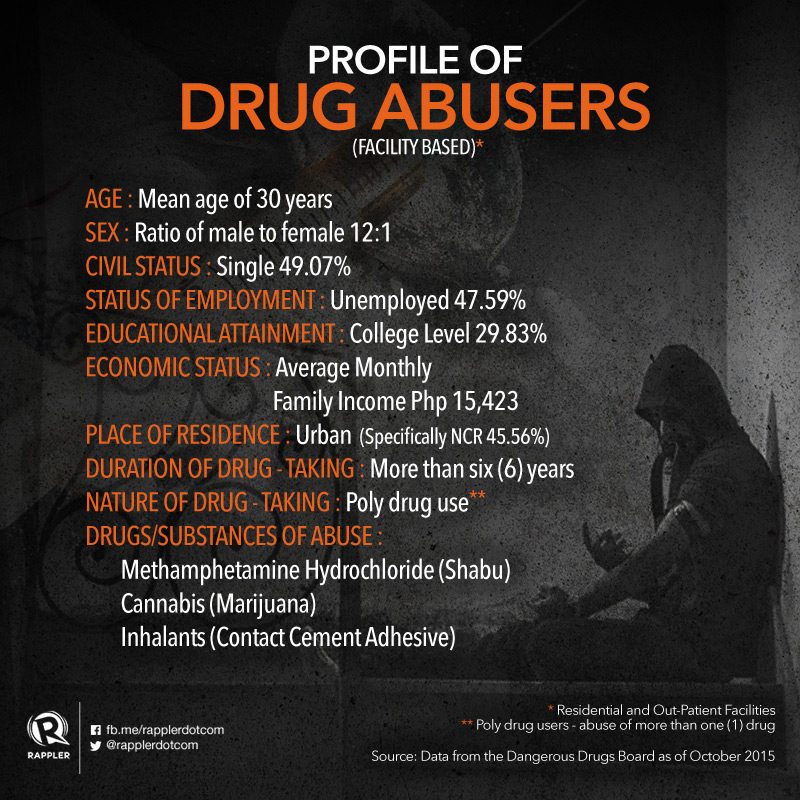
MANILA, Philippines – The government’s war on drugs is still unrelenting almost two months since President Rodrigo Duterte assumed office.
The President is hell-bent on keeping his campaign promise to suppress drugs in 3 to 6 months, and so far, thousands of drug operations have already been conducted by the police nationwide.
Numbers related to the crackdown on drugs have been increasing: as of Monday, August 15, 612 drug suspects were killed in police operations, while 576,176 have surrendered to the police.
This number of users seeking drug rehabilitation is just the tip of the iceberg according to psychiatrist Benita Sta. Ana-Ponio, a member of the Department of Health (DOH) and the World Health Organization’s task force on drug rehabilitation.
After all, a 2015 Dangerous Drugs Board (DDB) household survey showed there could be 1.8 million current drug users in the country.
That was a year ago. The number could be higher now that access to drugs is just a text away, according to Fareda Fatima Flores, president of the Philippine Psychiatric Association (PPA).
“Based dun sa mga nakahalubilo kong mga pasyente, ang sinasabi nila, ‘pag shabu daw, parang candy na lang na puwede mong bilhin. That was siguro 7, 8 years ago. Pero with the advent of technology, ngayon magte-text ka lang, may delivery na. Daig pa si Jollibee.“
(Based on those patients I’ve encountered, what they say is, if it’s shabu, it can be easily bought like candy. That was maybe 7, 8 years ago. But with the advent of technology, now you just send a text message, and you get a delivery. It’s even better than Jollibee.)
The DOH – which oversees all drug rehabilitation, intervention, after-care, and follow-up programs, projects, and activities in the country – said they were surprised by the number of drug users who have surrendered to the government.
“We were saddened when we knew that was already the situation, but we welcome it, because finally we had the political will that, yes, we have the problem, yes, we can do something about it, and now is the time,” Health Spokesperson Eric Tayag told Rappler in a mix of English and Filipino.
But Flores said they were already sensing the gravity of the problem since the early 2000s, as reports from PPA members showed many of their psychiatric patients have used drugs.
When the number of drug users seeking rehabilitation increases every week, the government has to act fast to provide them the right intervention.
Regardless of the urgency, however, the health department does not want a knee-jerk response to the issue.
“The programs to be implemented should be evidence-based, culturally relevant, and ethical,” Ponio explained.
Who are the drug users?
No single intervention is applicable to all drug users. To determine the appropriate intervention, a drug user must go through the Drug Dependency Examination done by a DOH-accredited physician.
Different interventions are available for an experimenter, a social creational user, a habitual user, a drug abuser, and a drug dependent.
According to the DDB, those identified as a drug abuser and a drug dependent can be admitted to residential treatment and rehabilitation centers (TRCs), while an experimenter, a social creational user or a habitual user can be treated in out-patient centers or community-based ones.
Tayag estimated that just around 1% to 10% of drug users who have surrendered will need residential services. This means out of 576,176, only around 5,762 to 57,618 will need to be admitted to drug rehabilitation centers.
While arbitrary, Tayag said these percentages serve as the health department’s basis for planning ahead.
“Now we have a situation here because the understanding of those who surrendered is that they get confinement outright. Like me, if I surrendered, ‘I have an entitlement, bring me now to the [rehabilitation center]’,” he explained in a mix of English and Filipino.
But admission to TRCs is more complicated than that – bad news, perhaps, for drug users who only want to skirt the law and escape criminal liability, or those who fear for their lives given the rising number of people getting killed amid the war on drugs.
For admitted drug dependents, Republic Act 9165 or the Comprehensive Dangerous Drugs Act of 2002 mandates a minimum of 6 months to a maximum of 12 months confinement, treatment, and rehabilitation in a center.
“[Health] Secretary [Paulyn Ubial]’s question is, can we shorten this?” Tayag asked in a mix of English and Filipino.
“If we shorten this, what are the consequences? If we rush this, the relapse [rate] could go up. It’s 6 months because then, we can manage the relapse rate that is very acceptable. If we reduce that to half, what will happen to the relapse rate? We don’t want to sacrifice that.”
The current relapse rate is at least 20%, according to Tayag.
What happens in rehab centers?
Latest figures from the DDB showed there are 44 DOH-accredited drug rehabilitation centers in the country.
Rehab centers in PH
DOH-accredited: 44
| Residential | Outpatient | |
| Government-owned | 15 | 1 |
| Privately-owned | 26 | 2 |
*Source: DDB
The 2002 law actually mandates the establishment of at least one drug rehabilitation center in each of the 81 provinces in the country “depending on the availability of funds”.
But Jasmin Peralta, program manager of DOH’s Dangerous Drug Abuse Prevention and Treatment Program, lamented that putting up more centers raises one problem: how to operationalize.
“Who will man those centers? Even for our DOH rehabilitation centers…there is a need to balance [the number of] those who provide services with those who will be served, so at least one psychologist for every 50 patients,” she said in a mix of English and Filipino.
For now, Peralta said the health department is making sure every region has a rehabilitation facility.
According to the health department, an effective treatment in drug rehabilitation centers attends to multiple needs of the patient, and not just that individual’s drug use.
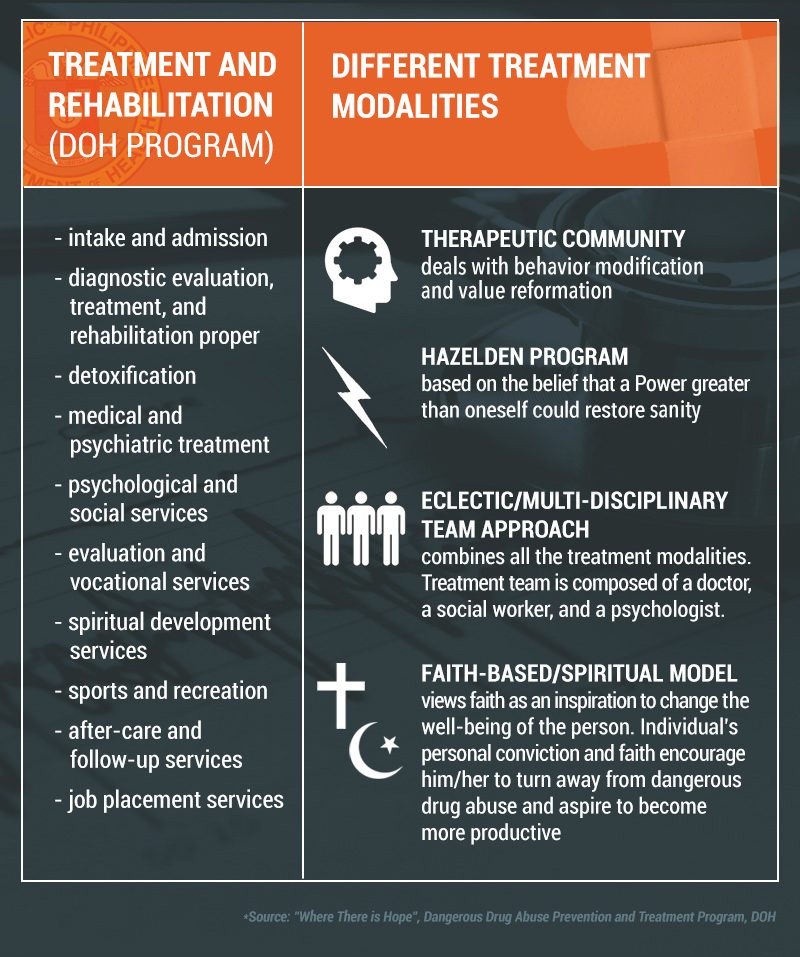
Ponio, also the executive director of private psychiatric care and rehabilitation center Metro Psych Facility-Roads and Bridges to Recovery, said drug rehabilitation centers must be aware of the appropriate intervention in every stage of change that a recovering drug dependent goes through.
“Definitely, since he or she surrendered, that person is contemplating the change – whether out of fear or whether out of any other reason, there is contemplation. Now we want to move that person from contemplating to taking action, and changing, and maintaining the changes,” Ponio explained in a mix of English and Filipino.
“Now if your rehabilitation will just lock you up, sorry to say, nothing will happen,” she warned.
Vivian Diez of the DOH’s Office for Special Concerns – the office which handles the Dangerous Drug Abuse Prevention and Treatment Program – said DOH regional offices have been proactive in providing algorithms on how to deal with the surge of drug users who have surrendered.
In Metro Manila, for instance, one TRC is already experiencing overcrowding.
“Bicutan…only has room for 500, but when I went there, over 1,000 are already there, so how do they manage? So they have to put extra double beds, bunk beds, and they have to make sure every one of them is fed. They can still manage. I still saw happy faces of doctors, psychiatrists, so I think they’re able to manage,” Tayag said.
‘Not yet ready’ for community-based rehab
According to Diez, the health department considers the sudden influx of drug users seeking treatment as an “outbreak” that “has overwhelmed the capacity of the country’s health system”.
Under its 2016 budget, DOH has over P900 million for the operation of its TRCs. Tayag said budget is the least of their problems right now, considering they still have a P500-million fund on standby to accommodate the influx.
| Technical support services | Hospital services |
| P634.37 million | P267.46 million |
*Based on 2016 GAA
He also revealed that Philippine Amusement and Gaming Corporation (Pagcor) is “serious” about giving the health department P2 billion “for the future”. DOH plans to build 4 “very big” TRCs with 2,000-bed capacities.
More than the budget, however, what concerns the health department and psychiatrists really is the need to capacitate health workers, especially since most of the drug users who have surrendered will most likely be treated in out-patient centers or in community-based ones.
Health Secretary Paulyn Ubial plans to scale up community-based rehabilitation in the country and has even given marching orders for regional offices to prioritize this.
But Tayag admitted the country is not yet ready at this time for community-based programs since it will need the integration of the health department’s drug rehabilitation program in health facilities managed by local government units.
“We’re looking at the Davao experience. We’re lucky with our President, Davao has led the way for this, so we’re looking at that….We don’t have to reinvent the wheel, we just have to expand it, learn from it, and build it as fast as we can,” he said in a mix of English and Filipino.
Diez said city and municipal health officers are already being trained on how to deal with the basics of drug rehabilitation, starting with the screening of patients.
The PPA is also helping out with the training and retraining of psychiatrists in the country to provide information and treatment of the more complicated cases – drug users with psychiatric symptoms.
Plans and proposals
Several lawmakers have already proposed ways to go about drug rehabilitation in the country:


establish a socialized scheme for payment of expenses
train drug surrenderers to learn farming
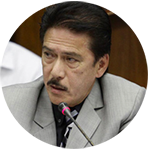
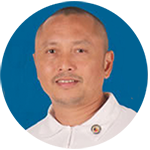
implement a daily rehabilitation program
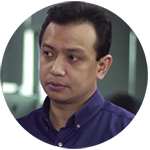
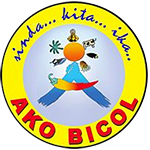
 |
build drug rehabilitation centers in 8 regions |  |
establish TRCs in every province and city |
 |
provide affordable drug rehabilitation treatment for PhilHealth beneficiaries |  |
use public high school classrooms as drug rehabilitation centers implement a daily rehabilitation program |
 |
convert Hacienda Binay into a drug treatment and rehabilitation facility |  |
establish drug rehabilitation centers in every legislative district |
But the health department is studying carefully whether the creation of more TRCs is the way to go.
“Because we’re doing projections, will the situation be the same many years from now? What if we’re able to do a better job and the population of drug users seeking treatment decreases? What will happen to these mega TRCs? They will be empty, with many beds and staff, so what do they do?” Tayag said in a mix of English and Filipino.
The health department itself is looking into different proposals with hopes that these will help address the current problem:
- Include a PhilHealth package for drug treatment and rehabilitation worth P20,000
- Establish halfway houses that will accommodate patients from drug rehabilitation centers who are already improving. This will free up space in centers to take in new patients.
- Establish makeshift drug rehabilitation centers.
- Convert old and unused buildings to TRCs
- Use big military camps to temporarily accommodate drug users who have surrendered but have yet to be processed
- Adopt a probationary system wherein patients are given enough freedom to go to work or school, provided they report their whereabouts to an officer-in-charge
Right now, everything is still on trial-and-error mode according to Flores, since government has not prioritized drug rehabilitation for a very long time.
But with more drug users surrendering by the day, the health department cannot afford to tarry in providing much-needed interventions for Filipinos who’ve made the first step away from drugs.
“So we’re taking it one step at a time but making sure these many things happen all at the same time,” Tayag said. (To be concluded) – Rappler.com
Top photo: Filipino suspected drug users and pushers participate in exercises after voluntarily surrendering in Manila, Philippines, July 15, 2016. File photo by Mark R. Cristino/EPA
Add a comment
How does this make you feel?
There are no comments yet. Add your comment to start the conversation.